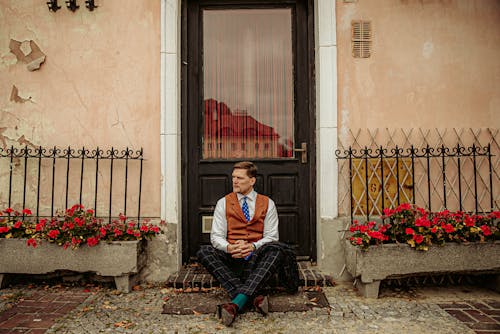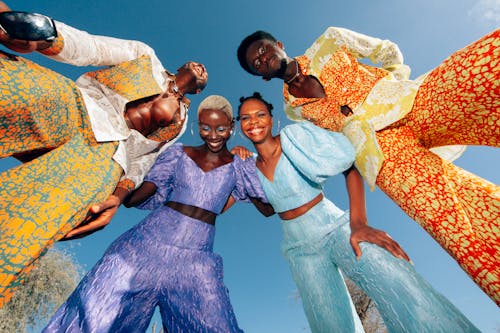Italy, a country renowned for its rich history, cultural heritage, and unparalleled cuisine, also stands as an epitome of fashion excellence. From the cobbled streets of Milan to the picturesque alleys of Florence, Italy’s influence on global fashion is undeniable and enduring. With a legacy spanning centuries, Italian fashion continues to captivate the world with its blend of tradition, innovation, and unmistakable flair.
Historical Roots
The roots of Italian fashion can be traced back to the Renaissance period when Italy emerged as a hub of artistic and cultural activity. Cities like Florence and Venice flourished as centers of trade and craftsmanship, laying the foundation for the country’s future in the world of fashion.
In the early 20th century, Italian fashion began to gain prominence internationally, thanks to pioneering designers such as Elsa Schiaparelli and Guccio Gucci. Schiaparelli’s avant-garde designs challenged conventions, while Gucci’s equestrian-inspired creations epitomized luxury and sophistication.

The Rise of Milan
Milan, Italy’s fashion capital, became a focal point for the industry in the post-war era. In the 1950s, designers like Giorgio Armani and Miuccia Prada emerged, shaping Milan’s reputation for sleek, minimalist style with a focus on impeccable tailoring and luxurious fabrics. The establishment of Milan Fashion Week in 1958 further solidified the city’s status as a global fashion powerhouse.
Iconic Brands
Italian fashion is synonymous with iconic brands that have become household names worldwide. From the timeless elegance of Versace to the refined craftsmanship of Ferragamo, Italian fashion houses embody a sense of luxury and sophistication that transcends trends. Dolce & Gabbana, with its bold and sensual aesthetic, celebrates the allure of Mediterranean culture, while Prada continues to push boundaries with its avant-garde designs and intellectual approach to fashion.

Influence on Global Trends
Italian fashion exerts a profound influence on global trends, setting the standard for elegance, quality, and innovation. Italian designers continually draw inspiration from their country’s rich cultural heritage, incorporating elements of art, architecture, and history into their collections. Whether it’s the romanticism of Venetian lace or the opulence of Baroque motifs, Italian fashion seamlessly blends tradition with modernity, creating garments that are both timeless and contemporary.
Craftsmanship and Tradition
At the heart of Italian fashion lies a commitment to craftsmanship and tradition. Italy boasts a long-standing tradition of artisanal excellence, with skilled craftsmen meticulously handcrafting garments and accessories of unparalleled quality. From the exquisite leatherwork of Florentine artisans to the intricate embroidery of Neapolitan tailors, Italian craftsmanship is synonymous with excellence and attention to detail.
Sustainability and Ethical Practices
In recent years, Italian fashion has also embraced sustainability and ethical practices in response to growing consumer demand for transparency and accountability. Many Italian brands are championing eco-friendly materials, ethical production methods, and fair labor practices, signaling a shift towards a more responsible and conscientious approach to fashion.
Conclusion
In the world of fashion, Italy occupies a unique and esteemed position, embodying a rich tapestry of history, culture, and craftsmanship. From the bustling streets of Milan to the sun-drenched shores of Sicily, Italian fashion continues to inspire and captivate with its unparalleled beauty and elegance. With a legacy built on innovation, creativity, and passion, Italy remains at the forefront of the global fashion landscape, setting trends and shaping the industry for generations to come.
















